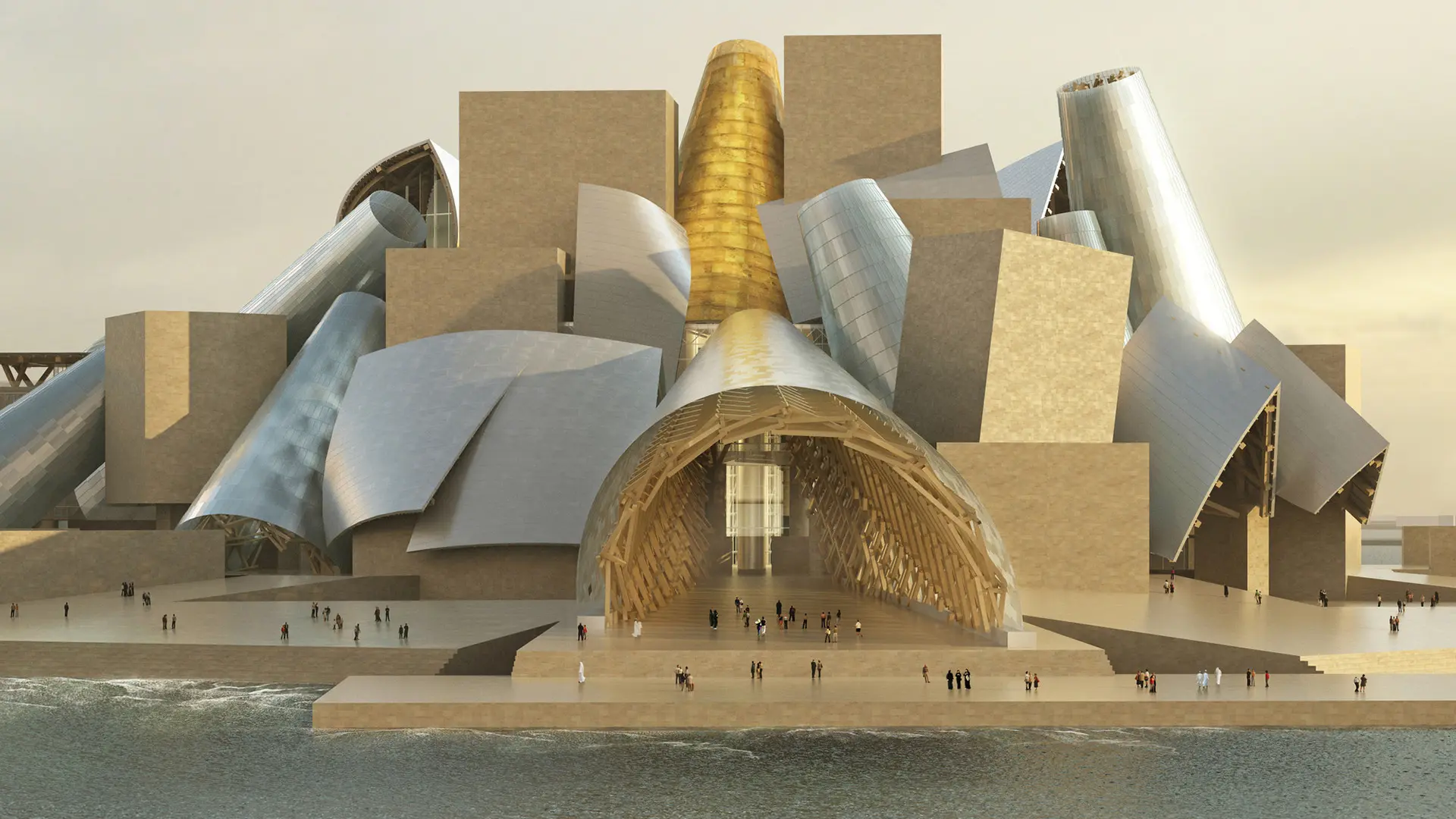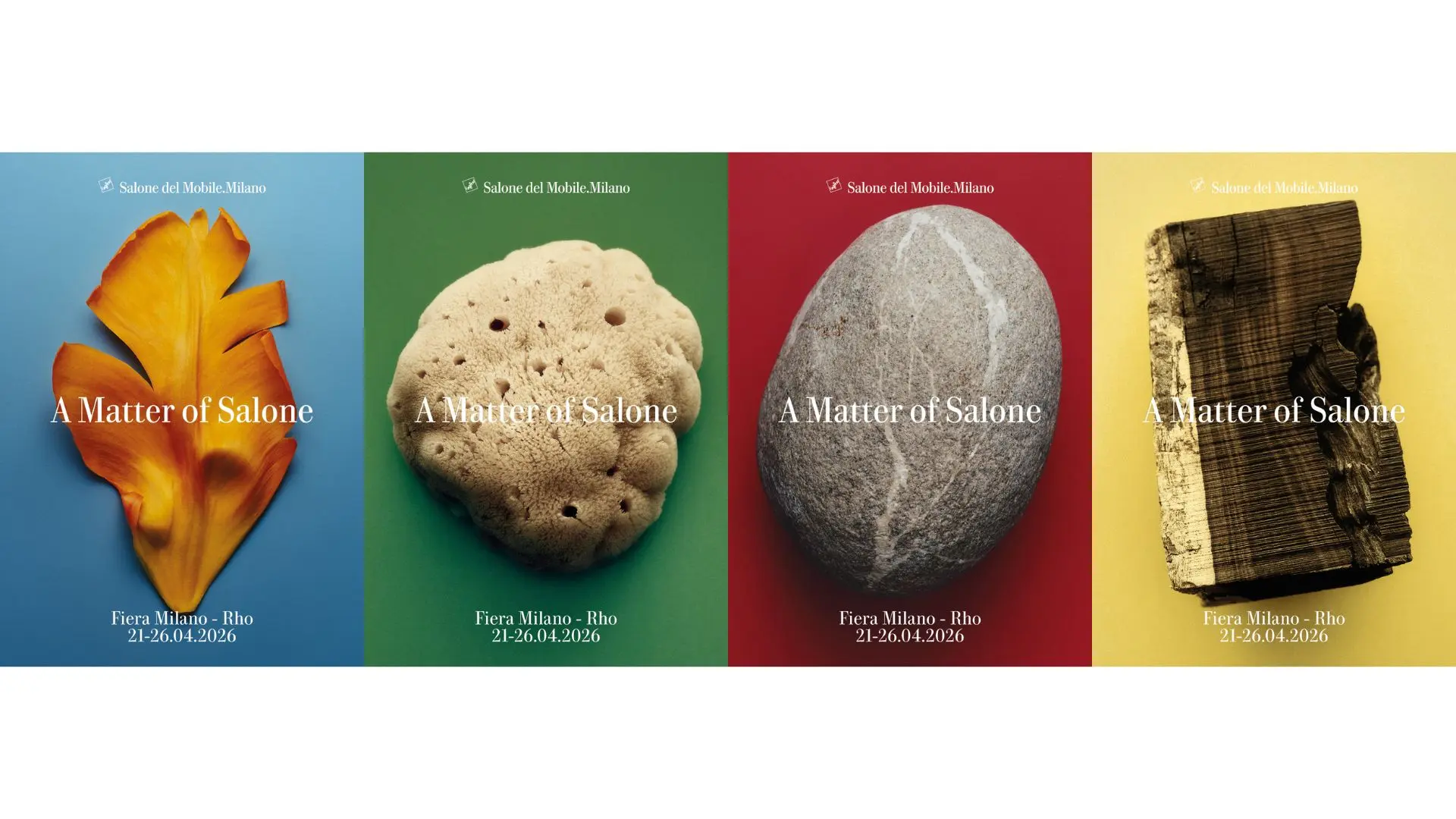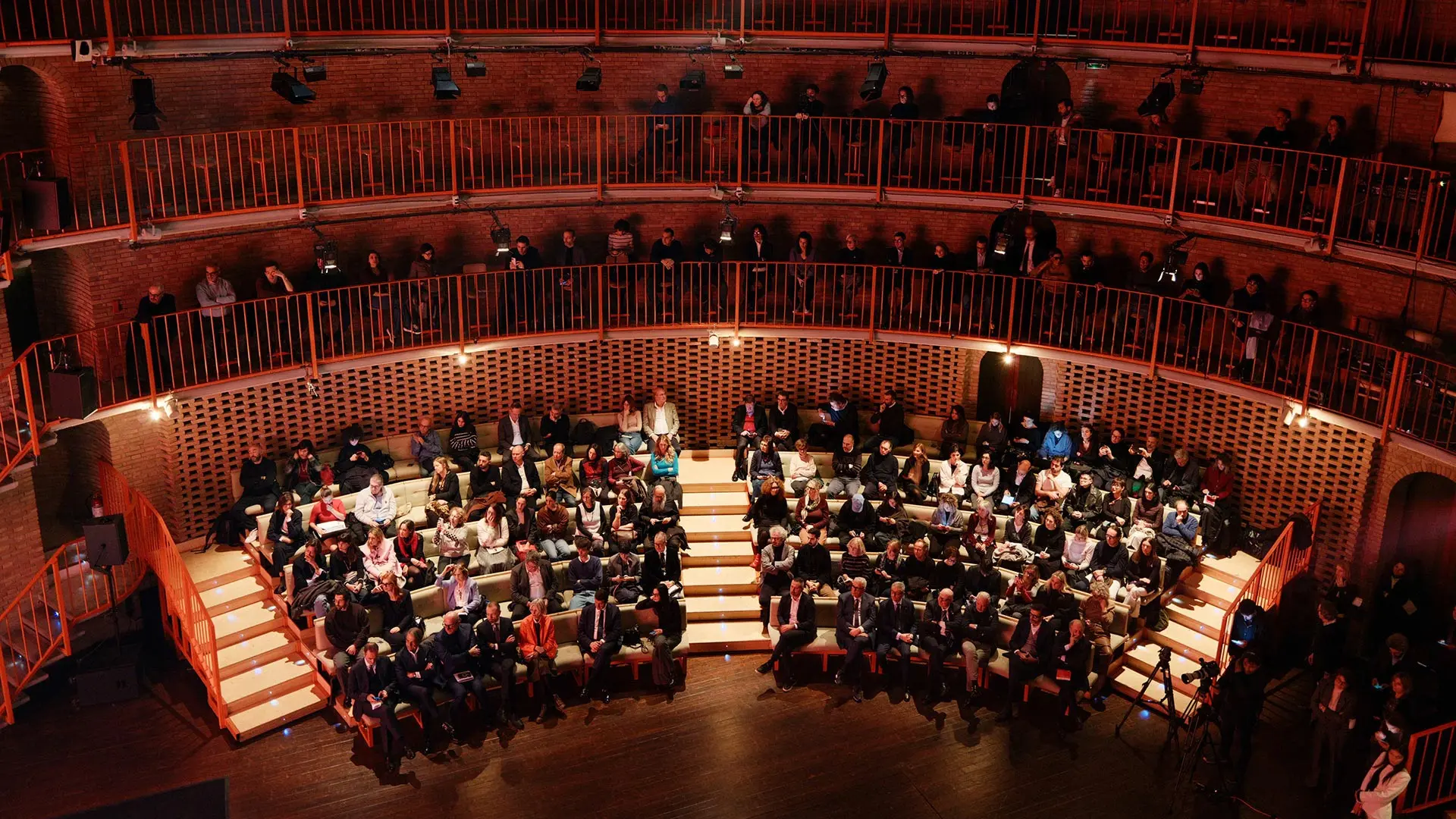From BIG to David Chipperfield, Frank Gehry to Snøhetta: a world tour of the best buildings set to open in 2026
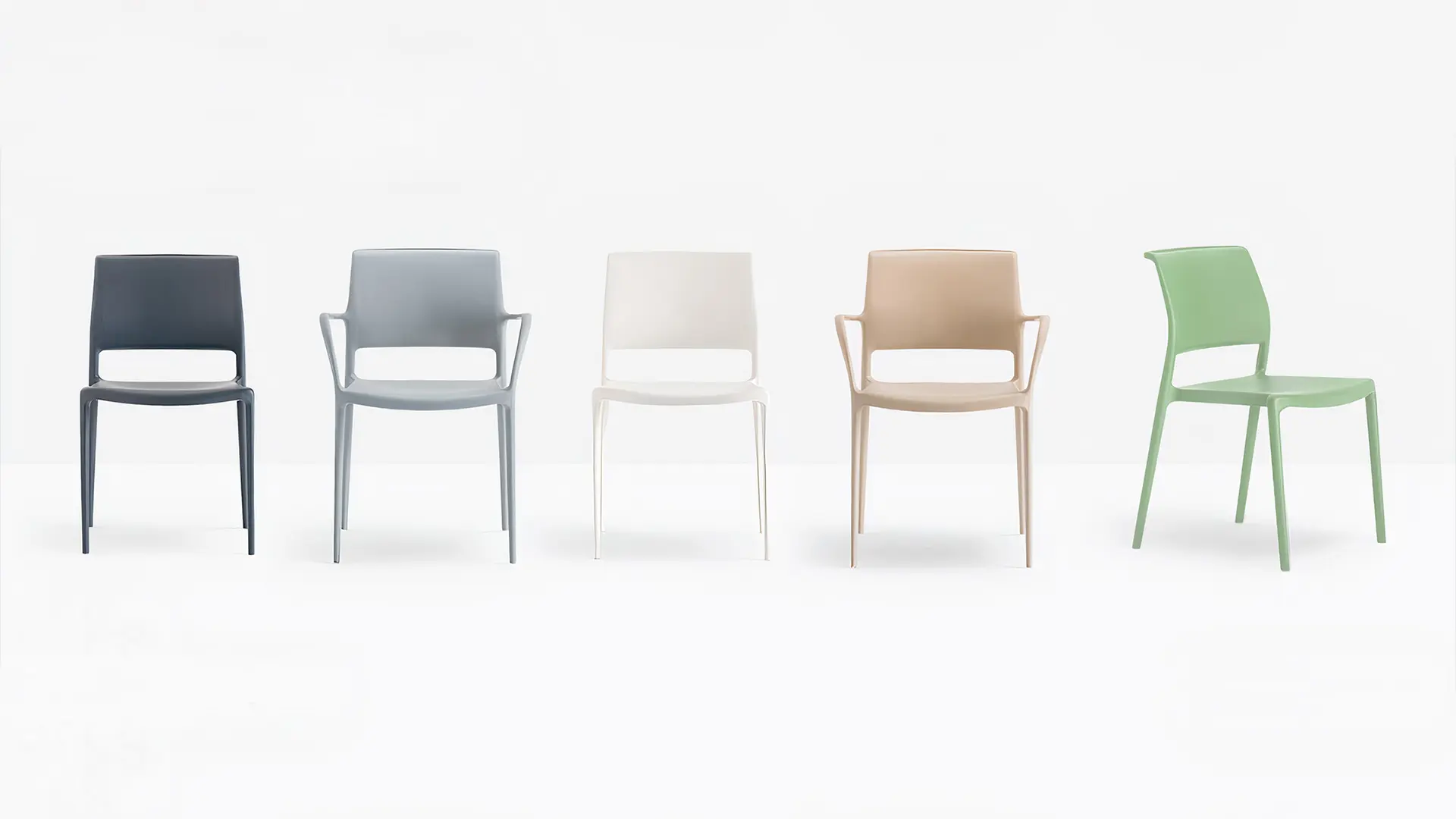
Ara, the first chair produced by Jorge Pensi Design Studio, is celebrating its 10th anniversary. Distinguishing features: stackable, 100% recyclable, essential, elegant and timeless
Vico Magistretti drew them on tram tickets, Jorge Pensi on paper napkins. Sketches, that is, the ones lucky enough to start off as fully-fledged designs. Just like this particular one, knocked off in an airport, killing time while waiting for a delayed flight home to Barcelona, just after a meeting with Giuseppe Pedrali, CEO of the Mornico al Serio company, in the Province of Bergamo.
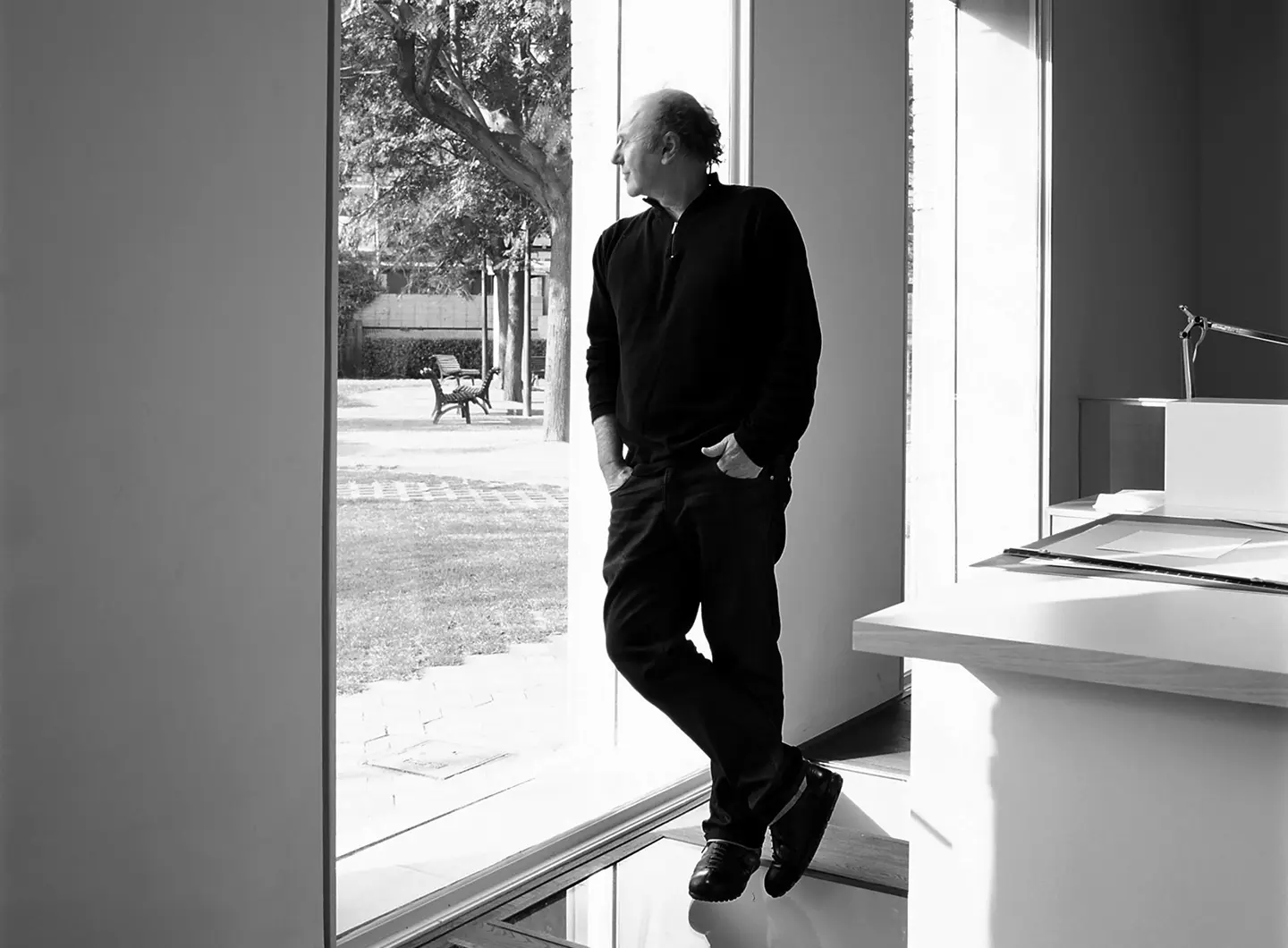
Jorge Pensi
This is how Ara came into being, in 2011. It was while mulling over the brief – a polypropylene monobloc chair, with or without arms – that the notion of a handle popped almost casually into the exuberant Argentinian-Spanish designer’s creative mind: first and foremost as a functional element that would allow it to be easily moved, but which instantly became a characteristic feature of the piece and of the entire collection that it spawned, made up of armchairs and lounge chairs. “It was precisely while I was designing it that I realised that the handle had to become its distinguishing feature, making it stand out and making it permanently contemporary,” said Pensi. A little extra something, an added value, for a natural and intrinsically composed gesture.
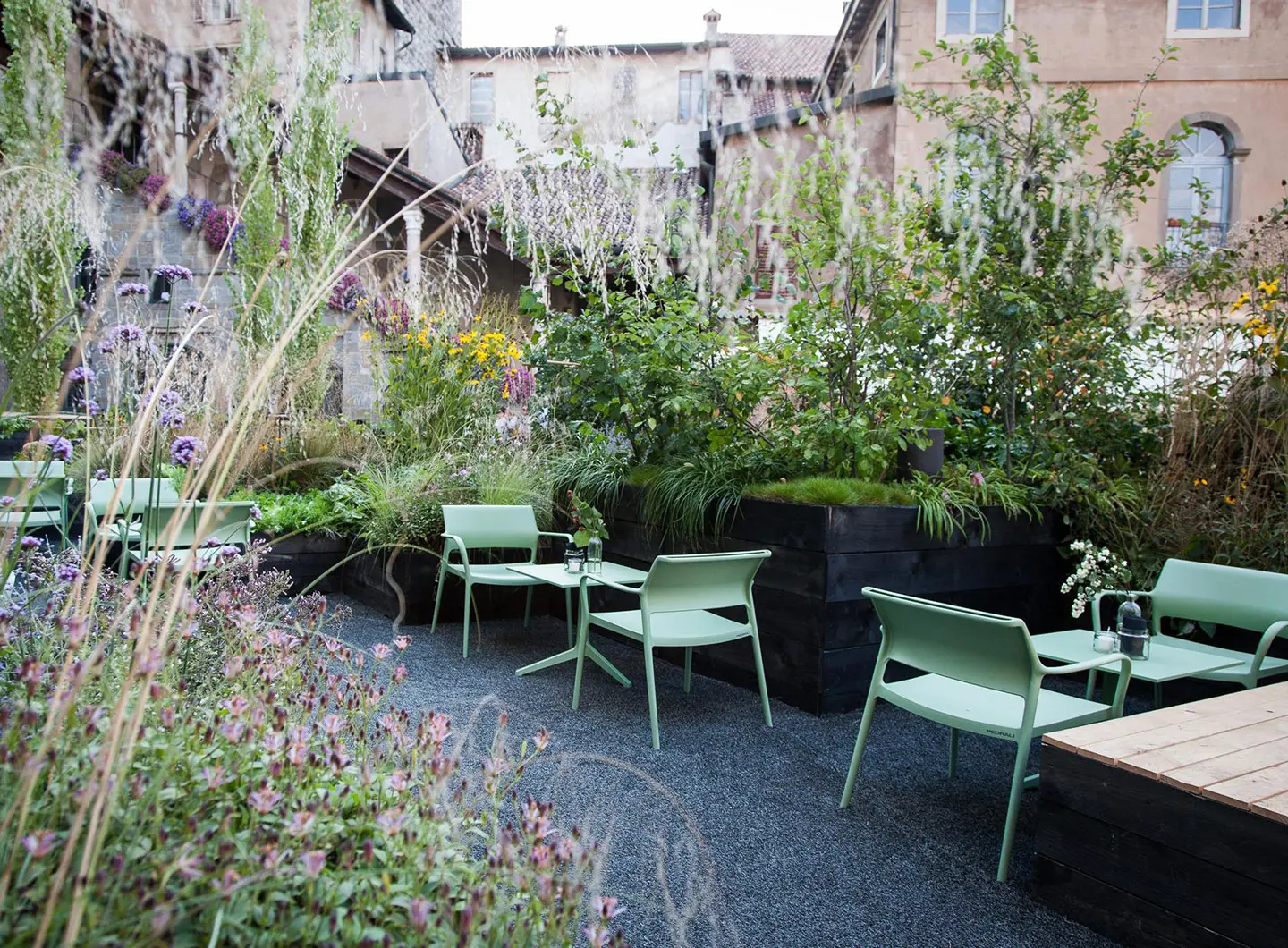
I Maestri del Paesaggio, Bergamo, Italy - Photo by Davide Forica
Ara – which was also Pensi’s first chair for Pedrali, which already featured in its catalogue the Ypsilon table, one of his 2008 pieces – is conspicuous for its tapered, light legs. It’s assertive and decisive while retaining a neutral quality. “Being generally placed under table, the first thing you notice in a chair is its backrest had to be elegant, focusing on the handle while at the same time concealing the stackability,” noted Pensi. These formal qualities make the chair even more desirable and contemporary and, furthermore, it’s extremely comfy. Proof of its enduring appeal lies in the fact that none of the details or the colour chart – white, black, two shades of grey, blue, sage green, brown, sand, red and orange – have been updated to celebrate its tenth anniversary.

Park Hotel Casimiro Village - Blu Hotels, Garda Lake, Italy
Ara is an extremely versatile chair, also suitable for outdoor use thanks to a thermoformed, padded cushion, the upper side of which is covered in water-repellent, stain resistant polyester fabric and the bottom in black Velcro jersey, fixed to the seat with Velcro straps. Thanks to its easy-going personality and expressive minimalism, it has been used in both home and contract projects and in a wide variety of different spaces, including the Starfield Library of Seoul in the CEOX Mall, the largest shopping centre in Asia, designed by Gensler; the outer cloister of the Convento della Ripa at Albino, near Bergamo; the courtyard of the Primo Restaurant in Lecce and the terraces of the exclusive chalets at the Whitepod Eco-Luxury Hotel in the Swiss Canton of Valais.
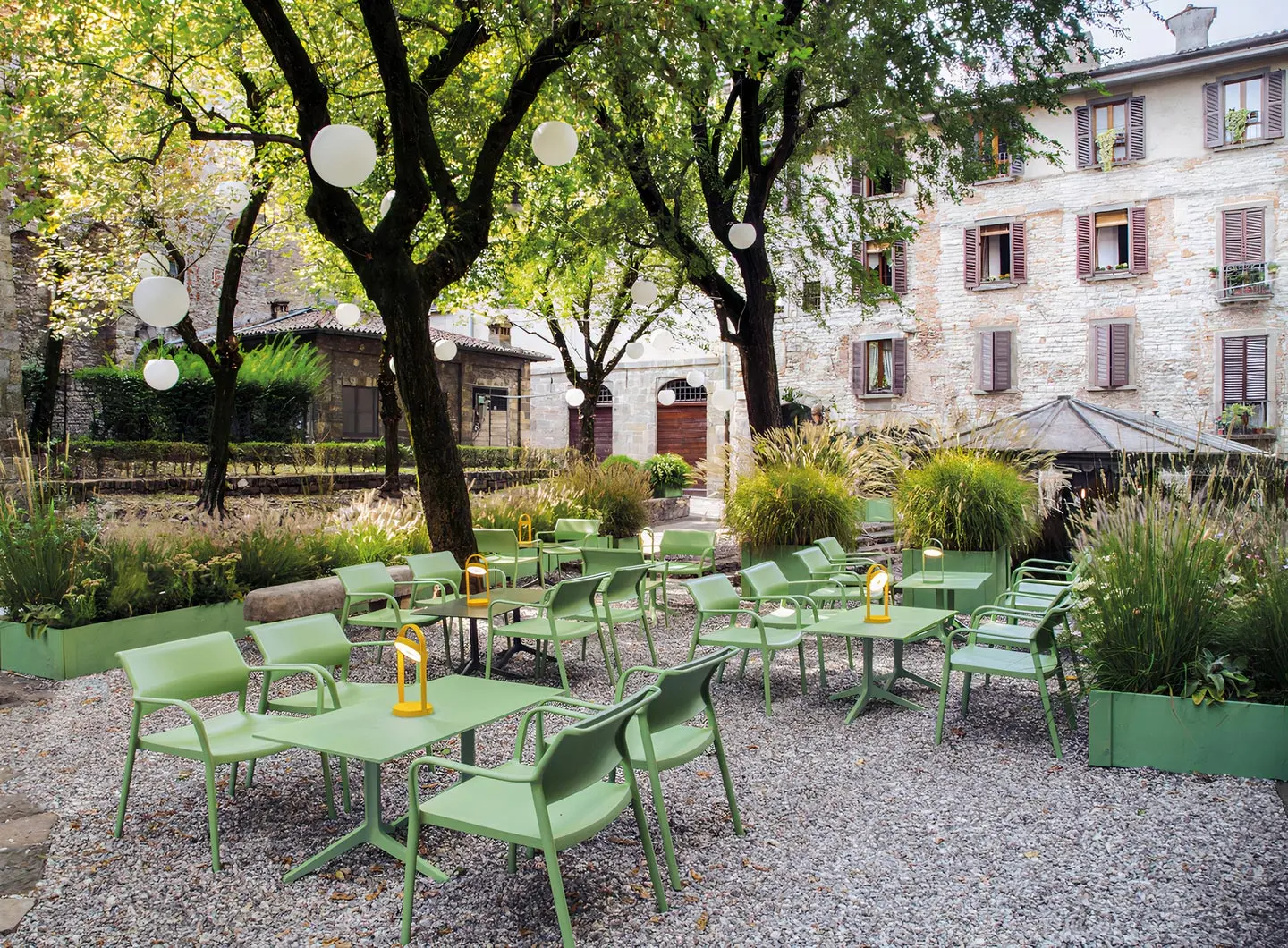
I Maestri del Paesaggio, Bergamo, Italy
It is a piece that clearly reflects Pensi’s design approach – timeless products that are a blend of poetry and realism, matter and space, abstraction and emotion. Objects that defy the usual logic in a bid to come up with something new.
Its unusual name comes from the Catalan, and means “now,” “immediately.” Pensi’s brief also included the concept of a chair that could be adapted to the needs of different spaces – from a domestic space such as a kitchen, to that of an office or meeting room, even outdoors, managing to interpret different places and inviting users to enjoy the moment. An invitation to sit right down, to seize the moment. Immediately, now. Apologies, Ara!


 Stories
Stories




